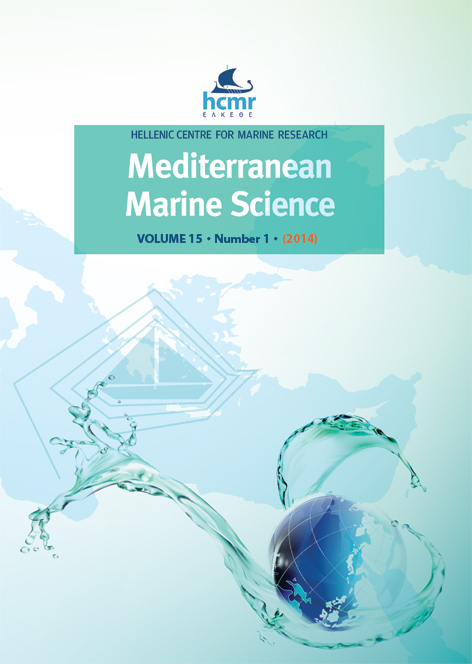The spreading of the non-native caprellid (Crustacea: Amphipoda) Caprella scaura Templeton, 1836 into southern Europe and northern Africa: a complicated taxonomic history.
Résumé
Caprella scaura, originally described by Templeton (1836) from Mauritius and later reported as several subspecies from numerous areas of the world, was found for the first time in the Mediterranean in 1994. Since this report, the species was found in several Mediterranean locations. To explore the current distribution of C. scaura in the Iberian Peninsula and adjacent areas, we surveyed marine fouling communities from 88 marinas along the whole Iberian Peninsula and North Africa, 3 from Italy, 1 from France, 1 from Malta and 1 from Greece between June 2011 and June 2012. The results of this survey report the first confirmed record of C. scaura in Corsica (France), Creta (Greece) and Morocco, and confirm an extensive distribution of C. scaura along the Spanish Mediterranean coast and the Strait of Gibraltar. The species was absent in the north Atlantic coast of Spain and the upper distribution limit in the eastern Atlantic coast is the locality of Cascais, in the south coast of Portugal. All populations studied belong to the same morphological form, with match with the subspecies C. scaura typica from Brazil and C. scaura scaura from Mauritius, suggesting that these two subspecies could correspond to the same “variety”.
Article Details
- Comment citer
-
ROS CLEMENTE, M. (2013). The spreading of the non-native caprellid (Crustacea: Amphipoda) Caprella scaura Templeton, 1836 into southern Europe and northern Africa: a complicated taxonomic history. Mediterranean Marine Science, 15(1), 145–155. https://doi.org/10.12681/mms.469
- Numéro
- Vol. 15 No 1 (2014)
- Rubrique
- Research Article
Authors who publish with this journal agree to the following terms:
- Authors retain copyright and grant the journal right of first publication with the work simultaneously licensed under a Creative Commons Attribution Non-Commercial License that allows others to share the work with an acknowledgement of the work's authorship and initial publication in this journal.
- Authors are able to enter into separate, additional contractual arrangements for the non-exclusive distribution of the journal's published version of the work (e.g. post it to an institutional repository or publish it in a book), with an acknowledgement of its initial publication in this journal.
- Authors are permitted and encouraged to post their work online (preferably in institutional repositories or on their website) prior to and during the submission process, as it can lead to productive exchanges, as well as earlier and greater citation of published work (See The Effect of Open Access).





